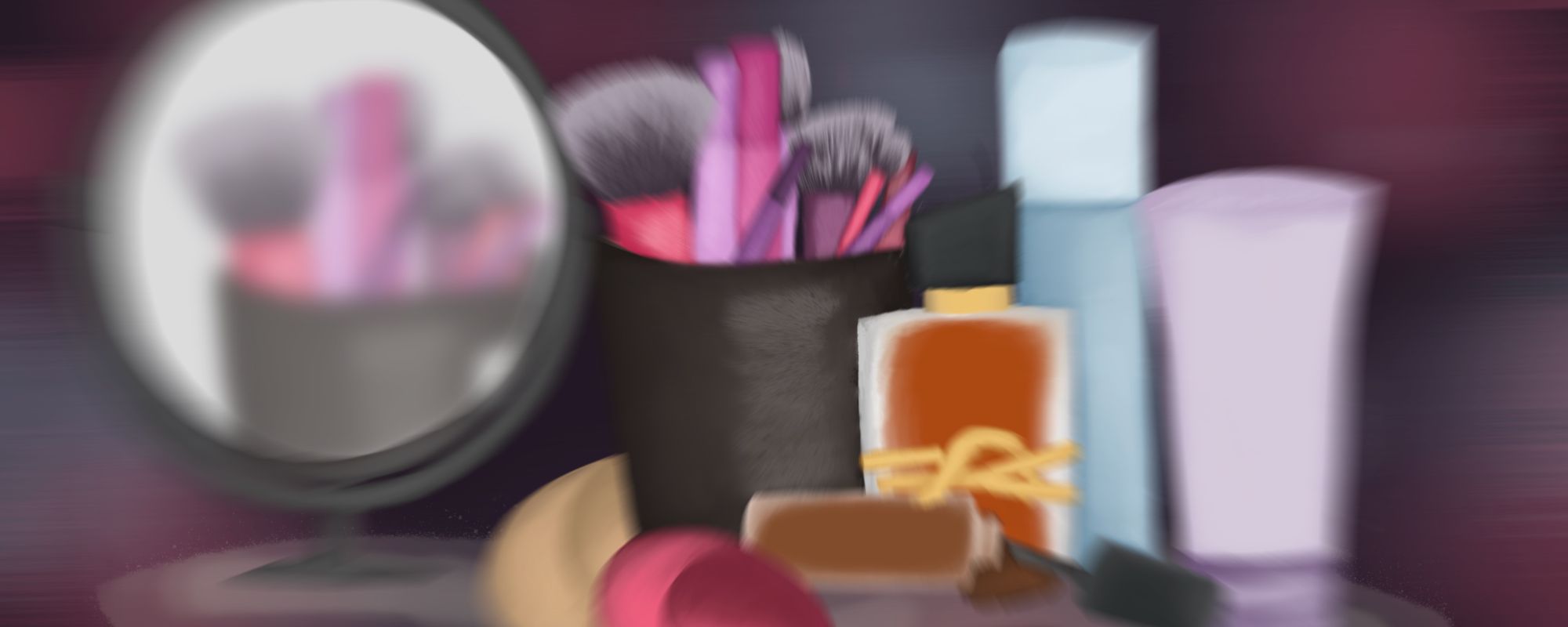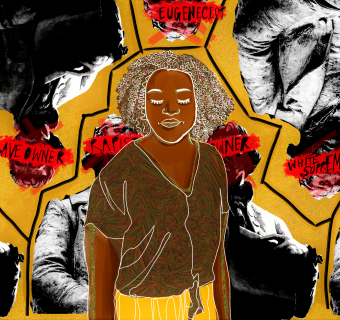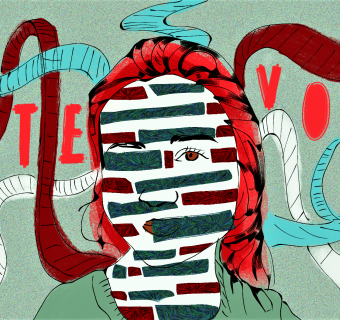I was in Sephora over winter break, looking for a new perfume, when a couple of girls who could not be any older than 11 shoved past me to get to the Sol de Janerio display.
In hindsight, it could have been a lot worse. They could’ve done what I’ve been seeing more and more children on the Internet recently do: mix up the products into a “skincare smoothie,” or harass the workers when they refuse to sell them retinol—a product made for much older skin. I’ve even seen videos detailing preteens having meltdowns in the middle of the store when their mothers refused to purchase $800 worth of skincare for them. But still, as they darted around the store, I couldn’t help but wonder why they were even in there to begin with.
When I was 11, I had no idea what Sephora or skincare was at all.
When I was 11, I had no idea what Sephora or skincare was at all. My mom would force me to wipe down my face with a washcloth every morning, which I definitely wouldn’t do without her intervention. I had no regard for what fashion was in at the time, hated brushing my hair, and had absolutely no access to social media. I spent my free time reading and playing Minecraft with my friends from school.
However, when Minecraft was “in” when I was 11, it was a 1-time, $26 purchase, not multiple hundreds spent at Sephora. Everyone and their mother was playing Minecraft at this time, from the parents of my friends to the kids we looked up to at my high school. Some teenagers, only a bit older than all of us, began to garner success on video platforms like Youtube, just playing the game and talking to their audience. It spread like wildfire in my age group in particular though, simply because it was also what our role models were playing.
To be successful in this particular sphere of the Internet, heavy emphasis has to be placed on marketing a particular image—often of one that has the perfect life with no flaws.
There is no shortage of role models now, with the rise of the influencer on platforms such as TikTok and Instagram. To be successful in this particular sphere of the Internet, heavy emphasis has to be placed on marketing a particular image—often of one that has the perfect life with no flaws. I find myself looking back on my time without social media fondly, as my insecurity in myself and desire to be perceived a certain way only started once I made an account.
The problem is, Generation Alpha is the first generation to be completely immersed in social media and the Internet from the moment they’re born. And, instead of Youtube, these kids are being raised on platforms designed to sell their users something, instead of simply entertaining them. Creators don’t make their money on TikTok from the amount of views they get on their videos, they make their money from brand deals.
So, as children easily bypass these restrictions, they are exposed to adult role models, adult advertising, and most importantly, adult insecurities.
The content on these platforms, including the advertisements, are aimed primarily at a much older audience than preteens. So, as children easily bypass these restrictions, they are exposed to adult role models, adult advertising, and most importantly, adult insecurities. They are marketed products that are meant to prey upon young women’s insecurities, which, ironically in this case, seems to be the fear of aging, of all things. The entire world seems to be afraid of aging, but especially the women who now make a living off of appearing online in a certain way. Skin changes or weight gain could, in 2023, be the end of someone’s career.
I do think we need cooperation from these influencers if we are to expect preeteens now to stop growing up faster than they themselves can handle. When someone has a particularly young audience, and they market self-care products to them meant for adults, they are fast-tracking them to the same fear of aging that starts, normally, once one reaches their 20s. It is no wonder children who haven’t even entered middle school are demanding the Sephora employees sell them Drunk Elephant retinol when their influencer role models are maintaining their brand of perfection by getting Botox and lip fillers at 25.
But how do we encourage being young, without focusing on the opportunities to prepare for getting old that only the youth have? How can I preach to these children to steer clear of adult skincare products when I myself make sure to rub my moisturizer all the way down my neck to prevent wrinkles from forming there later on? Who am I to talk when a large motivator of my working out and aiming to live an active lifestyle is driven by raw fear of being immobile and in pain by the time I reach my “golden years?”
And I can say with full confidence that our young girls deserve much better from us.
However, I speak from the place of someone who existed before online advertising culture, who enjoyed age-appropriate games and activities throughout middle school, and who purchased their first facial moisturizer from Walmart only after they got their first pimple. And I can say with full confidence that our young girls deserve much better from us.
I’ve seen suggestions proposing heavy age restrictions on social media, or only allowing individuals who possess a driver’s license into Sephora. And while I do think these would be helpful, I also think that just some gentle guidance towards what could be considered cool and age appropriate, with the assistance of older role models, could work just as well without depriving them of the experiences that they’ve come to enjoy.
If the girls who look up to us see us look to the future with hopeful eyes, and observe us taking a neutral stance towards the changes in our bodies that getting older brings, they will do the same.
Simple direction on what skincare is safe for young skin, and instruction on how to treat people (specifically, the aforementioned Sephora workers) with the grace of an adult starting in their youth. And perhaps, most importantly, a broader shift on how we as young women view aging. If the girls who look up to us see us look to the future with hopeful eyes, and observe us taking a neutral stance towards the changes in our bodies that getting older brings, they will do the same.
Let us hold their hands and guide them around Sephora, and let us assure them to be patient with the flow of time. Let us show them through present joy and past fond memories that the best days of their lives are both near and far.








